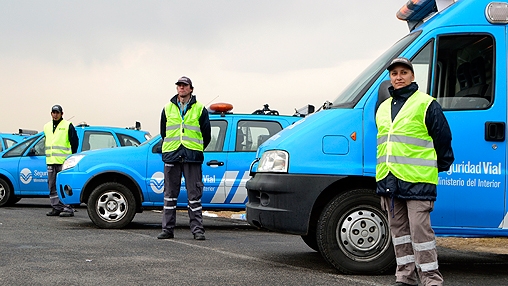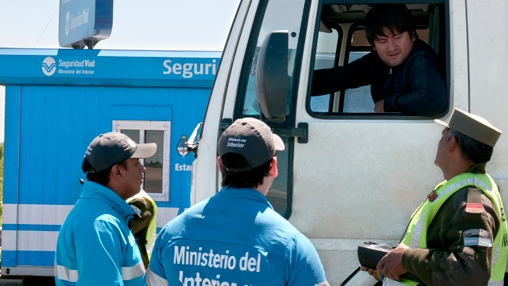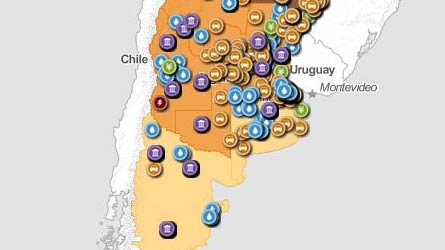Challenge
In Latin America and the Caribbean, traffic accidents are the leading cause of death for people between the ages of 15 and 44. By 2020, this fatality rate is expected to increase by approximately 50 percent, in the absence of targeted road safety initiatives. Low and middle-income countries worldwide experience over 90 percent of road-related traffic fatalities even though they are home to only 48 percent of the world’s registered vehicles. The economic costs of these deaths range from 1 to 3 percent of total gross national product (GNP). To address this global public health crisis, in 2011, the United Nations declared the “Decade of Action for Road Safety,” with the goal of stabilizing and reducing the forecast level of road traffic fatalities by half, by 2020. This commitment is expected to save 5 million lives worldwide and 325,000 lives in the Latin American and Caribbean region alone.
Solution
The Bank facilitated exchanges between Argentina and Spain to give Argentina the necessary guidance to establish quality baseline data (the absence of which is a key challenge for the region) to track progress and inform subsequent road safety policy decisions.
This project resulted in the inclusion of Argentina in the widely respected International Road Traffic and Accident Database (IRTAD), an aggregated database in which international accident data are continuously collected. This successful knowledge-sharing experience, coupled with Bank assistance to create the Argentine National Road Safety Agency (ANSV), transformed the country into a model for the region.




